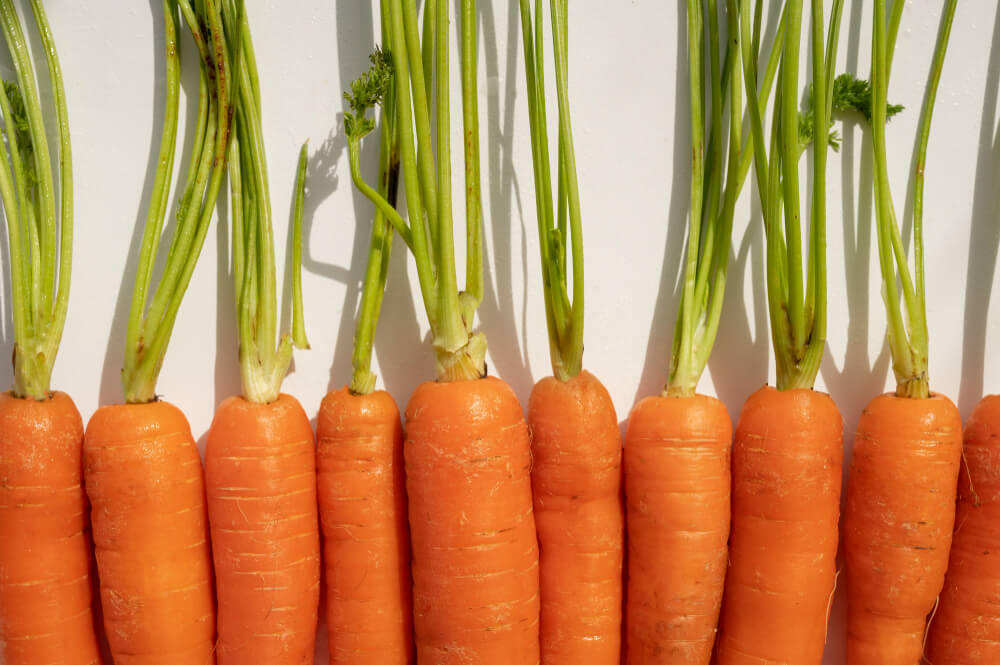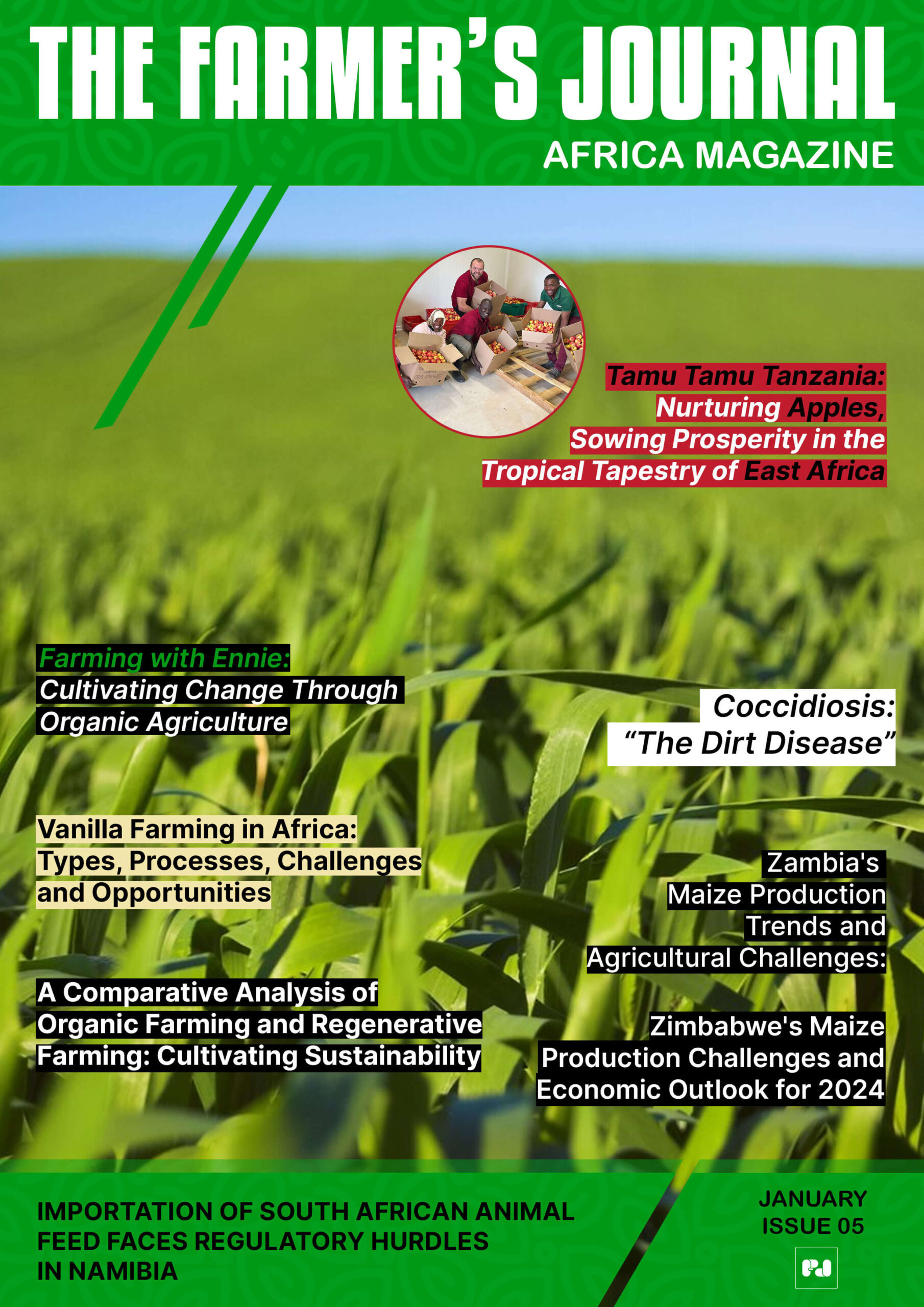
From desert farms to global markets, Moroccan carrots are rewriting the rules of agricultural success. For the fifth year in a row, Morocco has shattered its own carrot export record—cementing its position as a rising powerhouse in the global vegetable trade.
In 2024, the country exported an impressive 69,000 tons of carrots, generating US$18.3 million in revenue. That’s a 35% jump from the previous year, according to data from EastFruit. And if there’s one thing this growth tells us, it’s that Morocco isn’t just harvesting carrots—it’s harvesting trust, consistency, and global demand.
A Remarkable Growth Story Rooted in Strategy
Over the last eight years, Morocco’s carrot exports have grown at an average annual rate of 27%. What started as a seasonal, summer-driven trade has now transformed into a year-round supply chain—thanks to improved agricultural techniques, modern logistics, and a strong focus on market responsiveness.
“It’s about consistency and being able to meet market demand outside the usual peak months,” shared a representative from one of Morocco’s leading exporters. That consistency is paying off. In addition to the traditional July and August peaks, November has now become a key export month, showcasing Morocco’s agility in adapting to shifting global demand.
African Markets Leading the Charge
While the European market accounted for a modest 1.7% of Moroccan carrot exports in 2024, the real story is unfolding across Africa. Countries like Mauritania, Senegal, and Mali have long been strong buyers. But over the last two years, demand has surged from Burkina Faso, Côte d’Ivoire, and Ghana—a signal of growing regional trust in Moroccan produce.
In 2019, Moroccan carrots reached 13 countries. Fast forward to 2024, and that number has ballooned to 21, reflecting a diversified and resilient export footprint. Today, carrots rank among Morocco’s top three vegetable exports, trailing only tomatoes and sweet peppers.
“New buyers are coming in as word spreads about the quality and reliability of Moroccan carrots,” noted a trade official involved in export coordination. “It’s not just about volume; it’s about trust.”
Looking East: Eyes on Southeast Asia
With Africa well-established, Morocco is now setting its sights on Southeast Asia, a region where demand for fresh and frozen produce is climbing rapidly.
In April 2025, a pivotal trade mission organized by the Food and Agriculture Organization (FAO), the European Bank for Reconstruction and Development (EBRD), and FoodEx Morocco will connect Moroccan exporters directly with Southeast Asian buyers.
“This trade mission is an important step,” said a FoodEx Morocco spokesperson. “It allows our exporters to form direct connections with fast-growing markets and understand what buyers in Asia are looking for.”
If successful, this expansion could open lucrative doors in countries like Thailand, Vietnam, Indonesia, and Malaysia—pushing Moroccan carrots further onto the global stage.
Riding the Wave of a Booming Global Market
Morocco’s upward trajectory isn’t happening in a vacuum. The global carrot market is thriving. In 2023, it was valued at US$1.83 billion and is projected to hit US$2.92 billion by 2032. The wider carrot and turnip market is set to soar to US$64.29 billion by 2030, while the carrot seed industry is also gaining steam, forecasted to nearly double by 2033.
By aligning with these global trends and taking a proactive approach to innovation and logistics, Morocco is showing the world what’s possible when strategy meets soil.
Key Takeaways:
- Morocco exported 69,000 tons of carrots in 2024, earning US$18.3 million—a 35% increase year-on-year.
- Carrot exports have grown 27% annually over the past 8 years.
- Exports have expanded from 13 countries in 2019 to 21 in 2024, with strong African market dominance.
- Southeast Asia is the next frontier, with a trade mission planned for April 2025.
- Global carrot markets are booming—Morocco is well-positioned to ride the wave.
Why It Matters
In an era where food security, supply chain reliability, and sustainable agriculture are more important than ever, Morocco’s carrot story is more than just a statistic—it’s a blueprint. It’s a reminder that with the right mix of innovation, consistency, and market insight, even a humble vegetable can become a symbol of economic strength and international cooperation.
One thing’s for sure: Morocco is no longer just growing carrots.
It’s growing opportunity.
Stay updated with the latest farming tips and agriculture industry news from Africa by subscribing to our newsletter. Don’t miss out on valuable insights and updates. Follow us on Twitter, LinkedIn, and Facebook to join our farming community and stay connected with us.


















